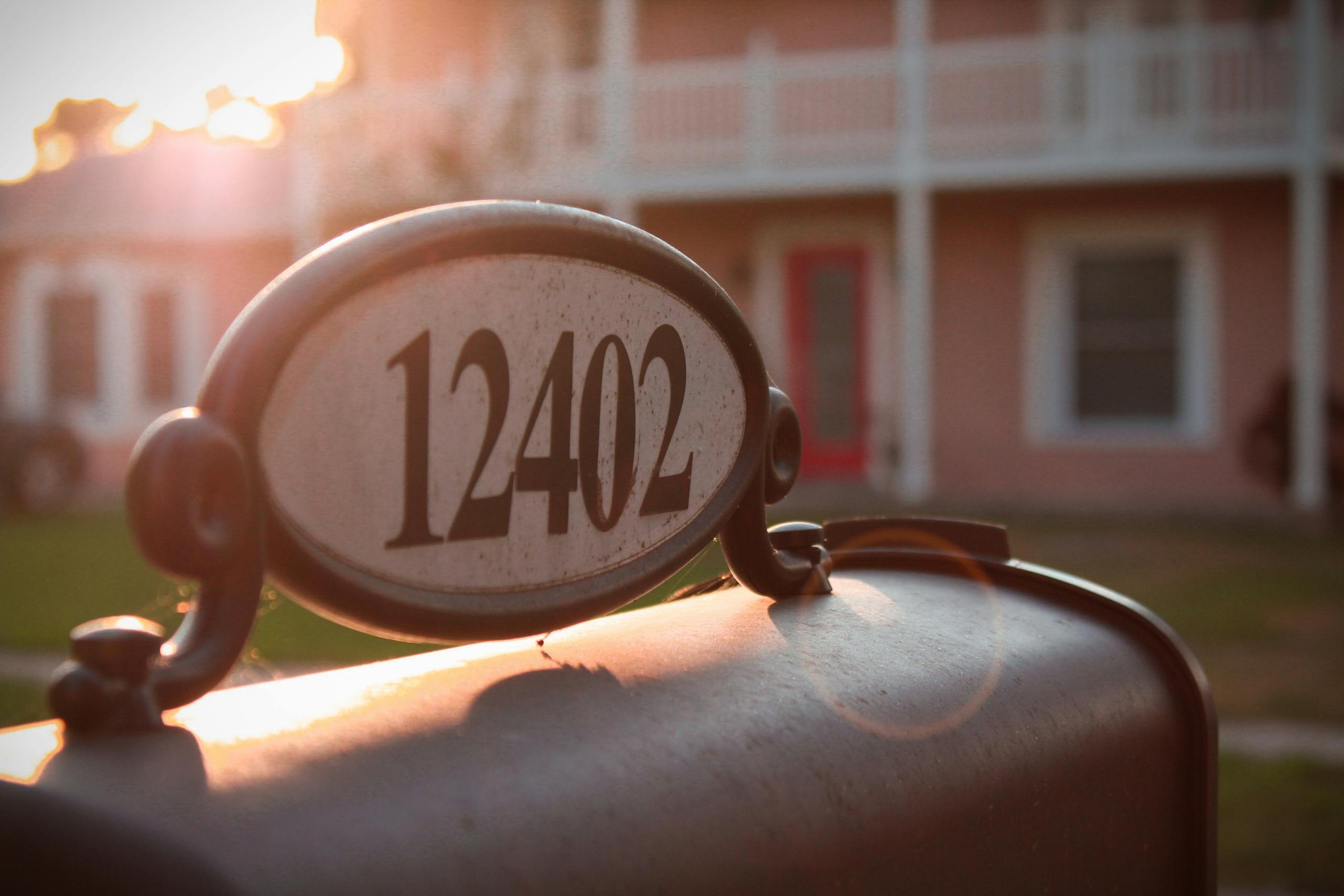The spring housing market is one of the most competitive and fast-moving times of the year, with many buyers looking to take advantage of rising temperatures and more inventory. For first-time homebuyers or those struggling to come up with a down payment, a down payment assistance loan (DPA) can be a valuable resource to help make homeownership a reality. As we approach the spring market in 2025, understanding how to secure down payment assistance loans is crucial for navigating today’s homebuying landscape.
In this comprehensive guide, we will explain what down payment assistance loans are, how to qualify for them, the different types available, and the steps you need to take to secure one. We’ll also cover helpful resources and tips for getting the most out of these loans during the highly competitive spring market.
What is a Down Payment Assistance Loan?
A down payment assistance loan (DPA) is a financial program designed to help homebuyers—especially first-time buyers—cover the down payment and sometimes closing costs on their mortgage. These loans can significantly reduce the upfront costs of purchasing a home, making it easier for buyers to enter the housing market without the need for a large savings account.
DPA loans can come in various forms:
1.Grants: These are typically forgiven after a certain period of time, meaning you don’t have to repay them as long as you remain in the home for a specified period (usually 3-5 years).
2.Deferred Loans: These loans do not require payments for a certain period, often until you sell the home or refinance the mortgage.
3.Repayable Loans: These require regular payments after you close on the home, typically at a low or no interest rate.
As we approach spring 2025, many state and local governments, as well as non-profit organizations, will continue to offer DPA programs to assist qualified buyers. These programs are especially relevant as housing prices are expected to remain high, and competition for homes will be fierce.
Why Are Down Payment Assistance Loans Important in 2025?
The down payment is often the biggest barrier to homeownership, with many buyers finding it difficult to save enough money for a 20% down payment. However, for most buyers, a 20% down payment is not necessary. Many lenders and government-backed loan programs allow buyers to purchase homes with as little as 3% to 5% down, which makes a DPA loan an even more crucial tool for those who need extra help.
The spring housing market typically sees an uptick in listings, but it can also mean increased competition. Having the ability to secure down payment assistance can give you a leg up by allowing you to make offers on homes without being weighed down by the stress of saving for a hefty down payment.
Advantages of DPA Loans in the Spring Market:
•Helps you compete: With limited inventory and high demand, every little advantage helps. A down payment assistance loan can give you the financial flexibility to act quickly when you find the right home.
•Reduces upfront costs: DPA loans reduce the burden of saving for a down payment, making it easier for you to enter the housing market, even with rising home prices.
•Improved affordability: These programs make homeownership more affordable, allowing you to purchase a home in today’s competitive market without worrying about high upfront costs.
Types of Down Payment Assistance Loans Available in 2025
When it comes to down payment assistance programs, there are several types to choose from. Some of these are government-sponsored programs, while others are available through local or state initiatives. Here’s a breakdown of the most common types of down payment assistance loans you can expect to find in 2025.
1. Federal Housing Administration (FHA) DPA Programs
The FHA provides a variety of programs designed to help first-time homebuyers. While the FHA doesn’t directly offer down payment assistance, it does allow for the use of gift funds and third-party assistance for down payments.
Some lenders also offer FHA DPA programs where you can combine the FHA loan with a DPA, reducing the amount you need to save upfront.
•FHA Loans typically require a 3.5% down payment.
•Combined with DPA: You may be able to secure down payment assistance from a local government or non-profit agency to help you cover the required down payment.
2. VA Loans for Veterans
Veterans, active-duty service members, and eligible spouses may qualify for VA loans that require no down payment. For those who still need assistance with closing costs or want to make a larger offer, there are also VA-backed down payment assistance programs available through state and local programs.
•VA Loans: These loans typically require no down payment, which can be a significant advantage for service members and veterans.
•State and Local Programs: Many state-run programs offer additional down payment assistance for veterans purchasing a home.
3. USDA Rural Development Loans
If you’re purchasing a home in a rural or suburban area, you may qualify for a USDA loan, which typically does not require a down payment. In many cases, down payment assistance loans can also be used in combination with USDA loans to further reduce upfront costs.
•USDA Loans: These loans offer 100% financing, meaning no down payment is required.
•Additional Assistance: Many states provide down payment assistance for USDA loan applicants in rural areas.
4. State and Local Down Payment Assistance Programs
Most states and local municipalities offer their own DPA programs, often in the form of grants or low-interest loans. These programs are typically available to first-time homebuyers, although some states offer them to repeat buyers if specific criteria are met.
Each program has its own set of eligibility requirements, income limits, and application process, so it’s important to research the programs available in your area.
5. Employer-Sponsored Down Payment Assistance
Some employers offer homebuyer assistance programs to employees, especially in regions where housing costs are high. These programs can take the form of a direct grant, a match for a portion of the down payment, or a low-interest loan to help you secure a home.
Check with your human resources department to see if your employer participates in any homebuyer assistance programs.
How to Qualify for a Down Payment Assistance Loan in 2025
To qualify for down payment assistance in 2025, you’ll need to meet specific eligibility criteria, which may include income limits, credit score requirements, and location restrictions. Here are some common qualifications:
1. Income Requirements
•Most down payment assistance programs are designed to help buyers with moderate or low income. Each program will have an income limit based on your household size and location.
•In 2025, some programs may have slightly higher income thresholds due to rising home prices, so it’s worth checking the limits for your area.
2. Credit Score
•While DPA loans typically have more lenient credit requirements than conventional loans, you will likely still need a minimum credit score. This can range from 580 to 640 depending on the specific loan type and lender.
•Be sure to check your credit score before applying and work on improving it if necessary.
3. First-Time Homebuyer Status
•Many DPA programs are specifically aimed at first-time homebuyers. If you’ve owned a home in the past, you may still qualify, but some programs may have exceptions or restrictions.
4. Property Location
•Some down payment assistance programs are only available for homes in certain areas, such as rural locations or specific zip codes. If you’re considering moving to a more affordable area, be sure to check if your preferred location qualifies for assistance.
5. Debt-to-Income (DTI) Ratio
•Lenders will assess your debt-to-income ratio to ensure that you can afford your monthly mortgage payments. Most DPA programs have a DTI cap that you’ll need to meet to qualify.
How to Apply for a Down Payment Assistance Loan
1. Research Available Programs
•The first step in securing a down payment assistance loan is to research the various programs available in your area. Visit websites like HUD.gov for federal program information and Forever Home Financing for local program details and expert advice.
2. Contact a Lender
•Reach out to lenders who specialize in down payment assistance loans. Many lenders are familiar with the different programs available and can help you determine which one is the best fit for your financial situation.
3. Prepare Your Documentation
•Be prepared to submit financial documents such as:
•Proof of income
•Tax returns
•Bank statements
•Credit report
•Ensure that your credit score meets the eligibility requirements for the program.
4. Complete the Application
•Follow the application process for your chosen DPA program. This may involve filling out forms, submitting documents, and working with a lender to get pre-approved for your mortgage.
Helpful Resources for Down Payment Assistance Loans
For more information on available down payment assistance programs in 2025, be sure to visit these resources:
•HUD.gov: The U.S. Department of Housing and Urban Development (HUD) offers resources on federal homebuyer assistance programs, including down payment assistance.
•Forever Home Financing: This website offers expert advice on securing down payment assistance loans and navigating the mortgage process.
Conclusion
The spring 2025 housing market is an exciting time for potential homeowners, but it can also be overwhelming with the rising prices and competitive bidding wars. A down payment assistance loan can provide the financial support you need to enter the market with confidence. By researching available programs, meeting the qualifications, and working with the right professionals, you can secure a loan that covers your down payment and helps you get closer to owning your dream home.

